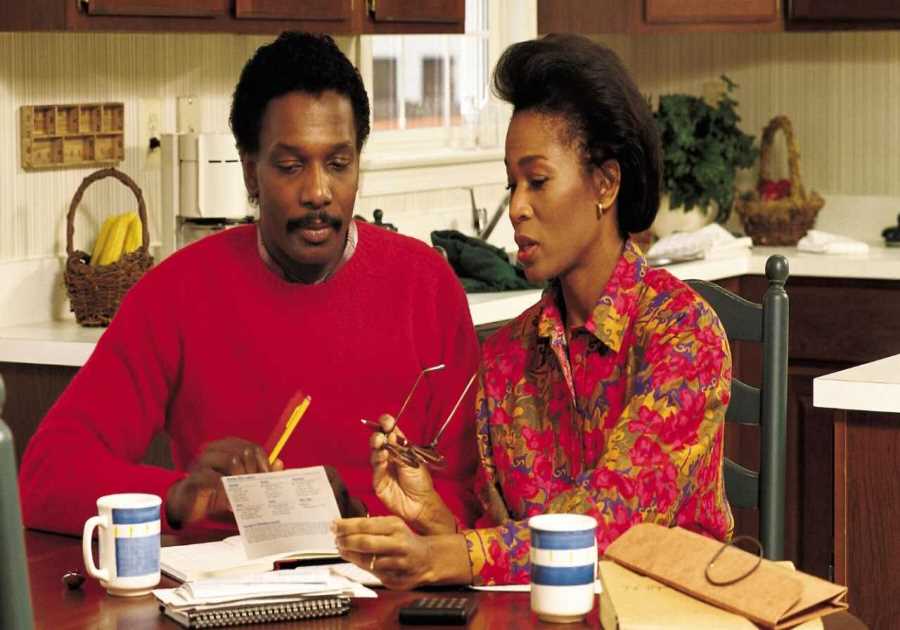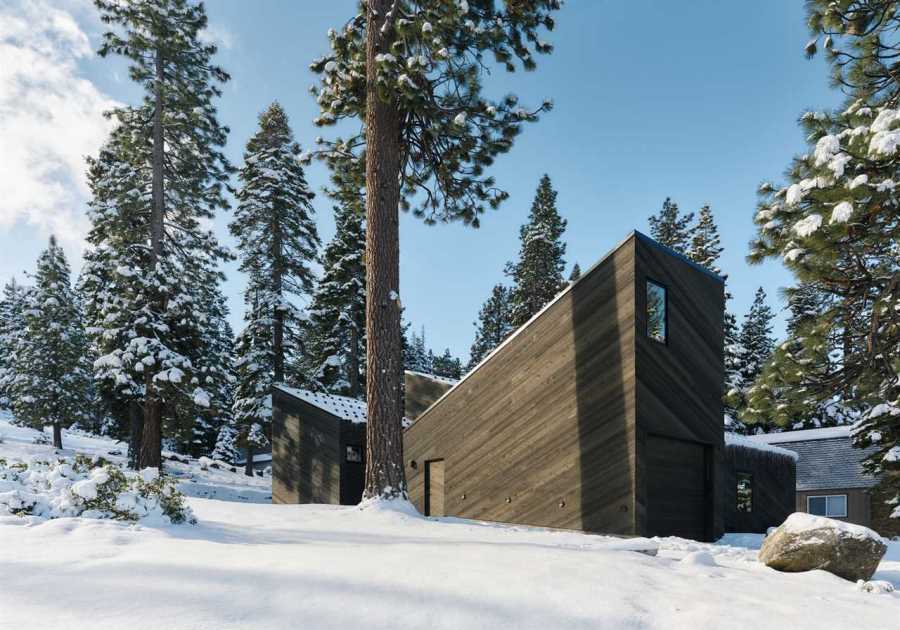Old-school, mowed-grass landscaping is so passé—and horrible for the environment. Swap your turf for something better.
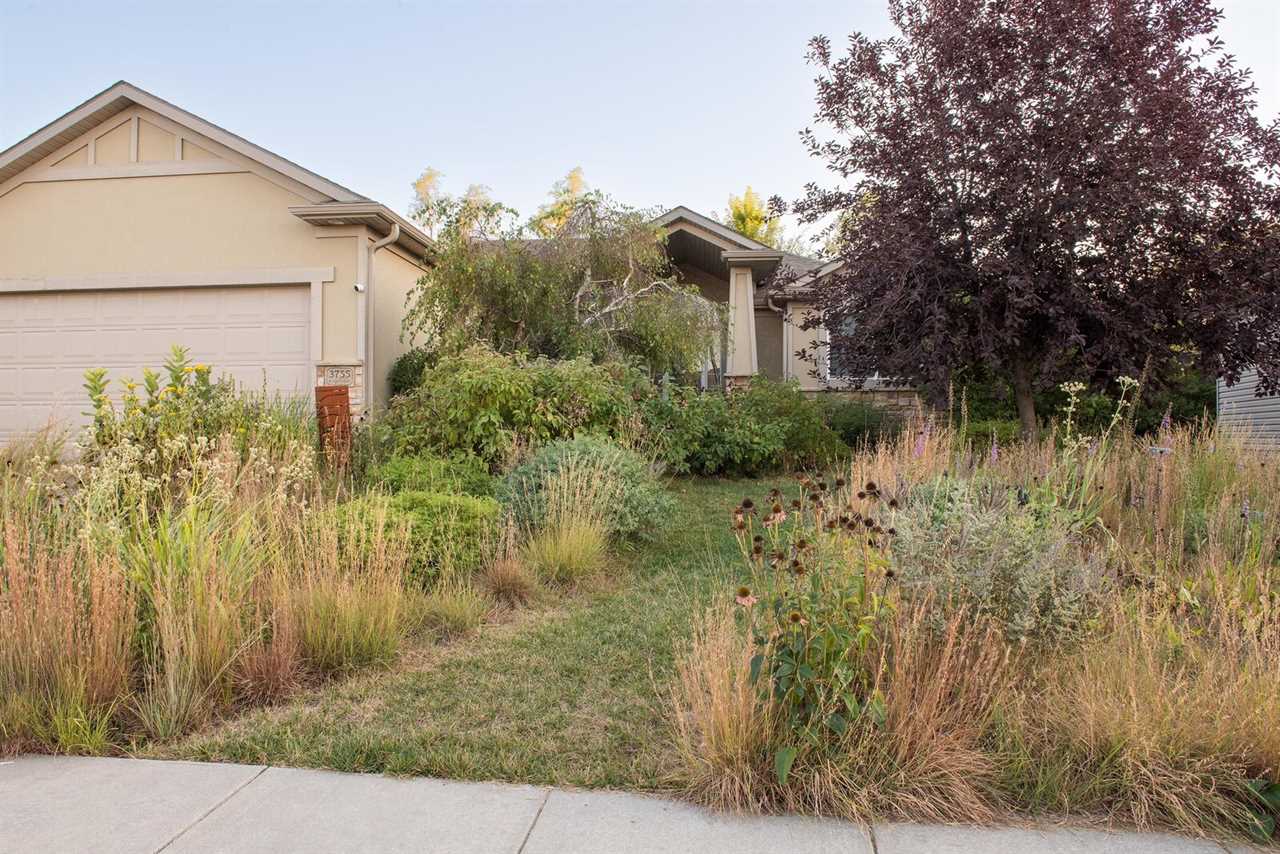
The American Dream has long included the broad and verdant brushstrokes of a manicured lawn. Tidy plots of green grass, or turf, were so essential to the 20th-century suburban landscape that by 2006, lawn was the largest irrigated "crop" in the United States, according to a 2005 NASA study. But as drought persists across the country, and more homeowners and land care professionals have wised up to the ecologically destructive maintenance requirements of turf—from the toxic chemicals dumped on it to gas-spewing mowers and blowers used on it—those monolithic expanses of grass are giving way to more sustainable and eye-catching landscapes.
Not ready to eradicate your lawn? There are a variety of ways of creating a more sustainable yard, first and foremost, by simply reducing it. "Think of your lawn as an area rug rather than wall to wall," says Edwina von Gal, founder of the nonprofit Perfect Earth Project, a leading advocate for toxin-free lawns and landscapes, based on Long Island’s East End. "Any amount of lawn you haven’t stepped on recently, replace that. Maybe start out by not mowing, then put in wildflowers, or pick a few shrubs. We prefer natives. They’ll do much better, and with nothing but water."
There are also eco-savvy ways to deal with whatever lawn you might preserve, she says. Seeding the grass with clover, for instance, will nourish it and make it more drought-tolerant and biodiverse, while keeping it green. And leaving lawn clippings, rather than hauling them away, feeds the blades organically while keeping that waste out of the dump, where it will produce methane.
Here are homes from across the country with ecologically sound explorations of texture, color, and shape with plants more appropriate to local climates. These gardens decrease watering and maintenance requirements while inviting local flora and fauna—basically the opposite of turf grass.
John Greenlee, Sonoma, CA
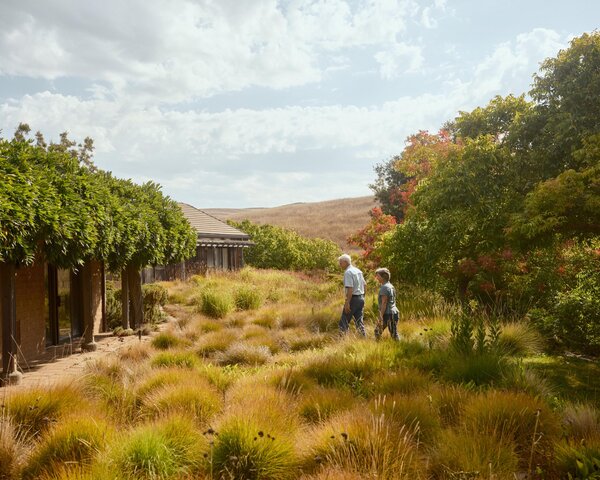
At the ranch of Nancy and Tony Lilly in the hills of Sonoma, an area plagued by drought and fires, landscape designer John Greenlee struck a balance between beauty and resiliency with a water-wise meadow-garden.
Photo by Nicholas Albrecht
Read More
Brandy Williams, Los Angeles, CA
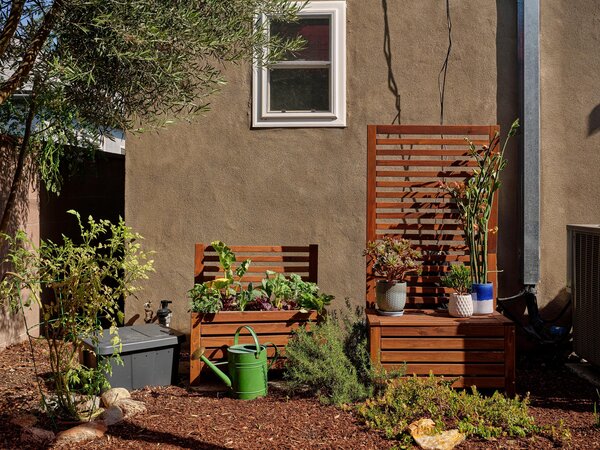
"I create spaces for nature therapy. Sensory gardens. You can’t do that with a lawn," says Williams, who is passionately pro-pollinator. She is on a mission to attract bees, butterflies, and birds into our gardens, as well as a sense of wonder—something you don’t get with a monoculture lawn.
Photo by Philip Cheung
Read More
Benjamin Vogt, Lincoln, Nebraska
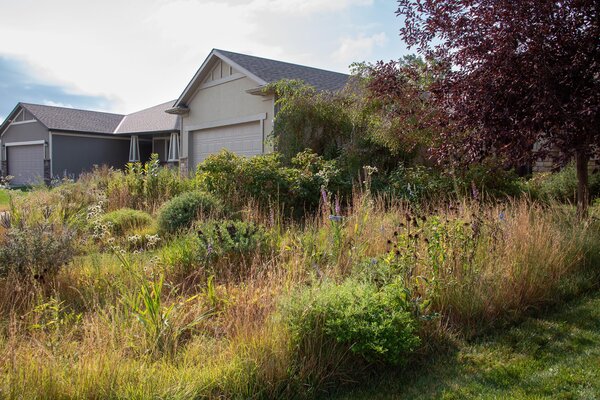
Landscape designer Benjamin Vogt is slowly helping to re-prairie suburbia and establish native habitats through his activism and business, Monarch Gardens.
Photo by Kathy Plunkett
See the full story on Dwell.com: How to Kill Your Lawn and Help the Planet
Related stories:
- This Eco-Friendly Lawn in Arizona Mimics a Natural Stream Overflow
- Bobby Berk’s Desert Hacienda Celebrates Outdoor Living With a High-Tech Deck
- For a Stunning, Sustainable Deck That Lasts a Lifetime, Use This Material
Read More
By: Gregory Han
Title: How to Kill Your Lawn and Help the Planet
Sourced From: www.dwell.com/article/mowed-grass-landscaping-lawn-turf-alternatives-354e1769
Published Date: Sun, 06 Nov 2022 21:00:36 GMT
Did you miss our previous article...
https://trendinginbusiness.business/real-estate/how-ecommerce-changed-the-knockoff-furniture-game
.png)



